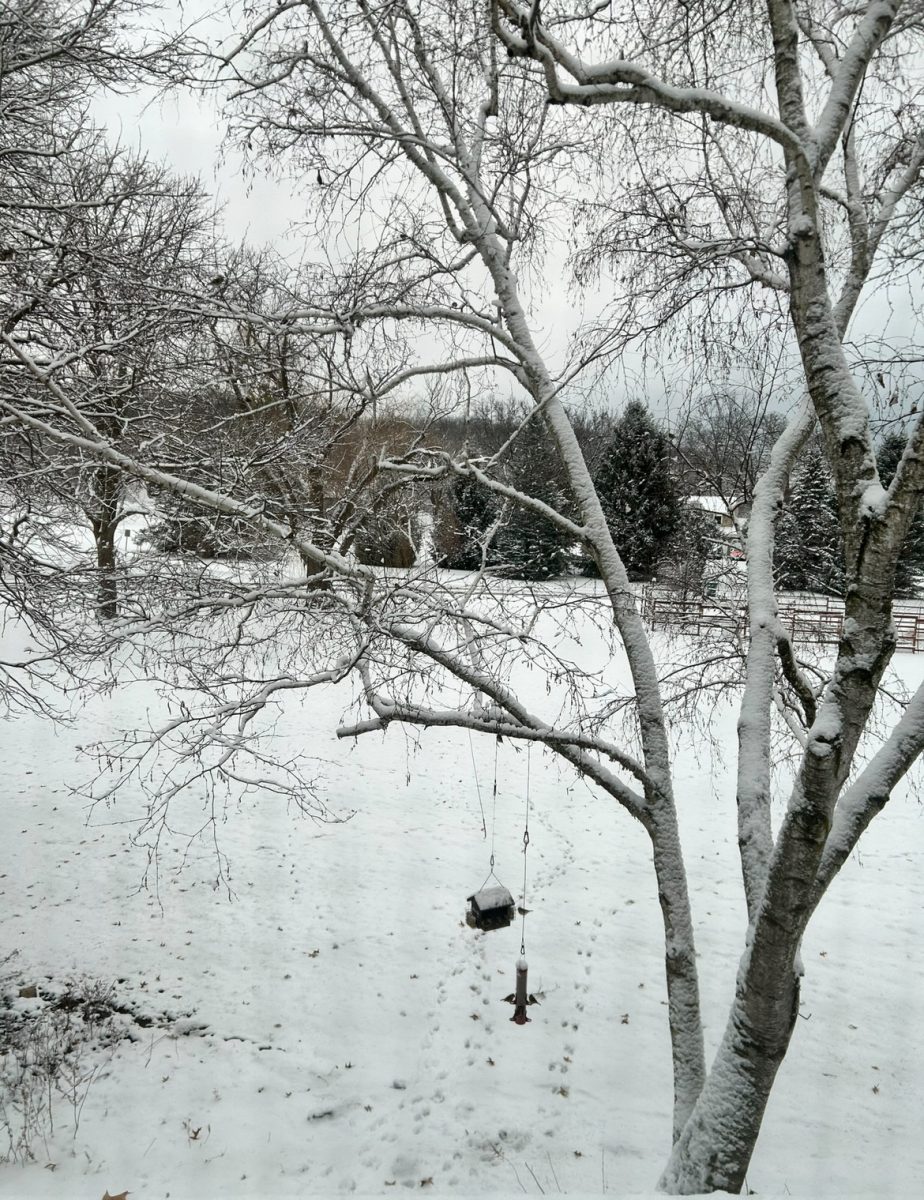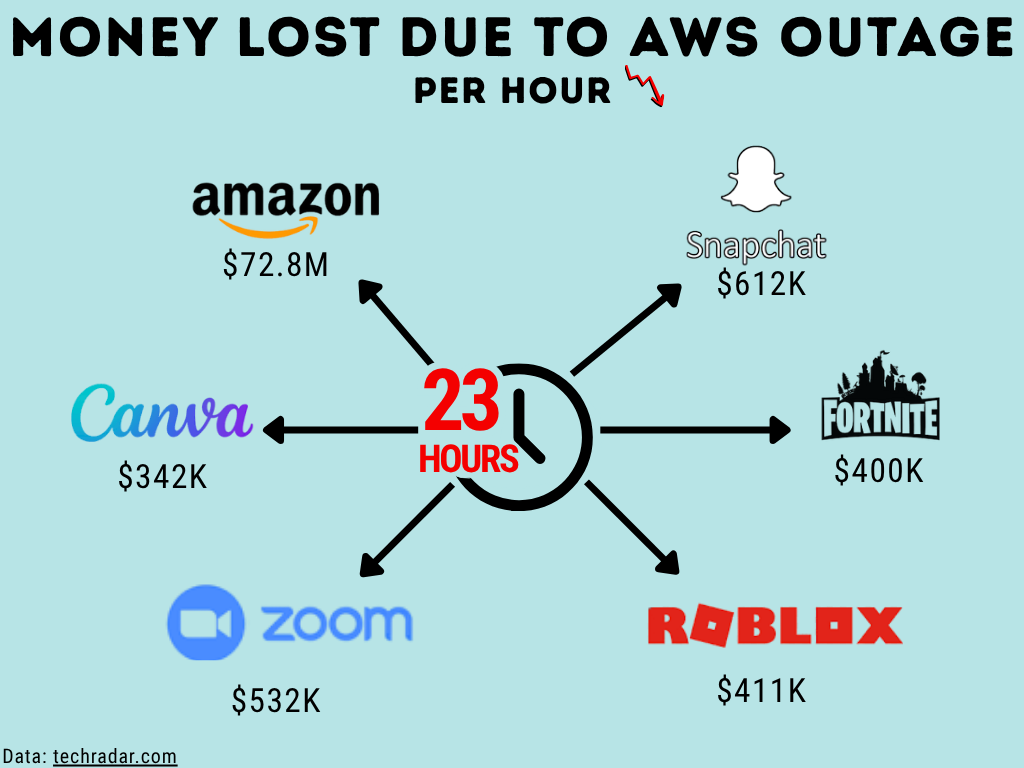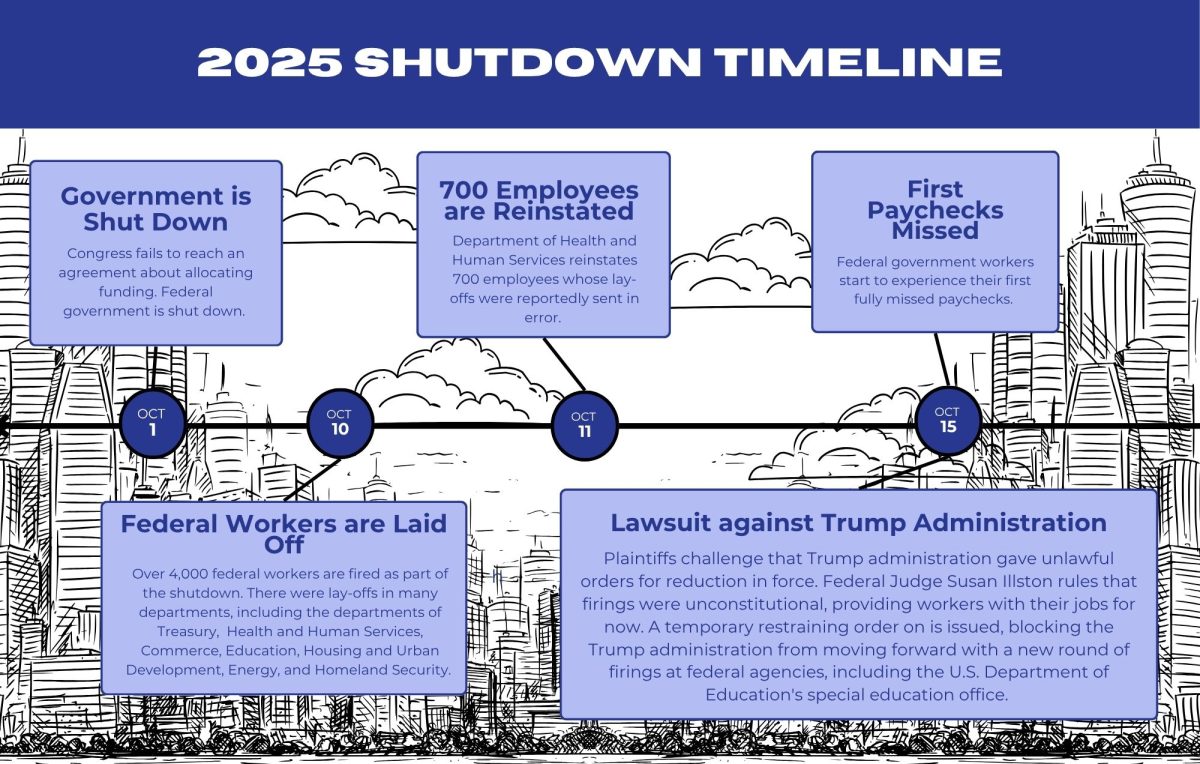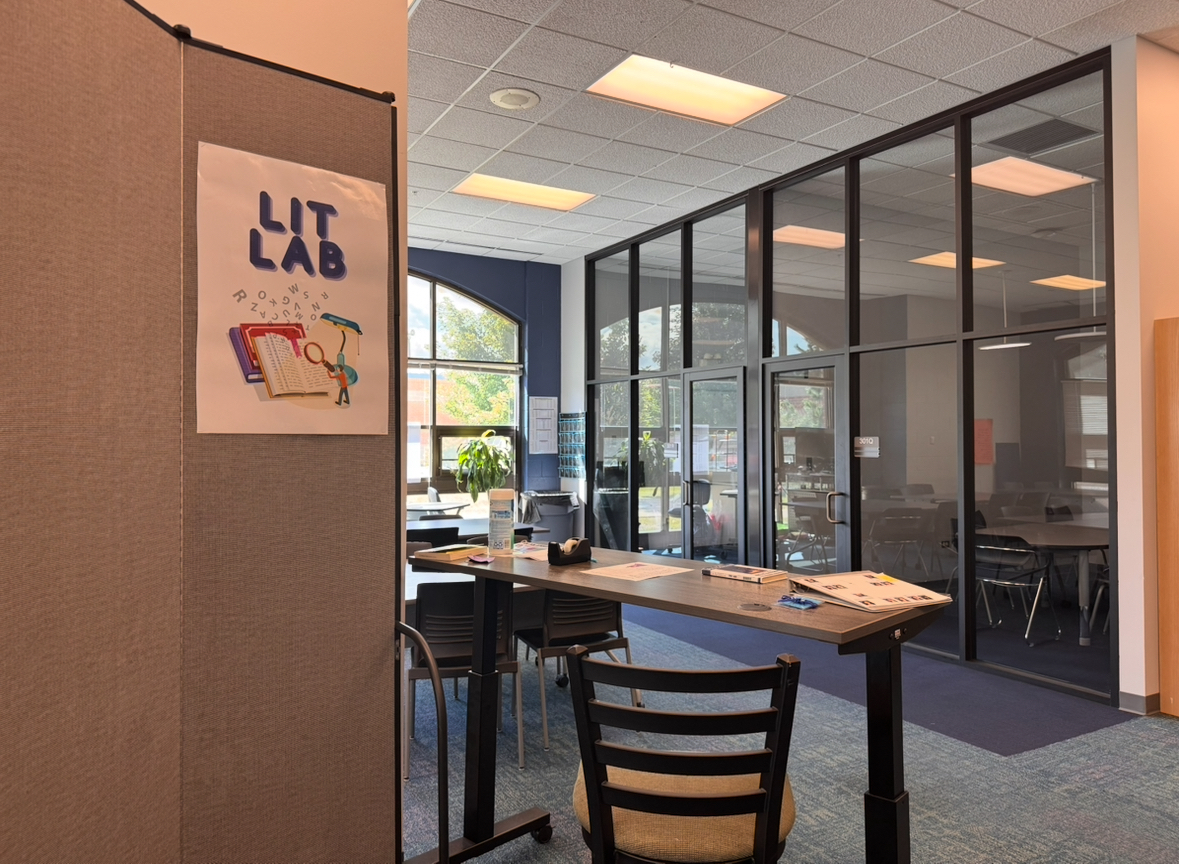Starting Feb. 1, 2025, District 303 enacted a new e-learning plan for snow days, focusing on asynchronous instruction from individual teachers. This replaces the previous policy of adding up to five days at the end of the year to make up for the number of school days cancelled due to inclement weather.
“We have determined that the courses would provide the students with 40 to 45 minutes of work per class period,” said Sarah Cann, D303’s Director of Instructional Design. “And [teachers] would post that onto their schoology course. If the teacher requires some sort of [direct] instruction, they would post a Google Meet link for you to meet them virtually.”
The decision to switch to an e-learning plan was made after D303’s School Board decided to do away with the previous plan of cancelling school and adding days at the end of the year as substitutions.
“Whenever the weather was inclement, the district office would make the call by six in the morning, to staff, students and families that school would be called off,” said North Assistant Principal Melinda Roberts. “We wouldn’t have school, everyone would stay home and we would make up that day at the end of the school year.”
The decision was supported by the teachers’ union, as well, who were dissatisfied with the use of extra end-of-year days.
“It was also with the teachers’ union, who were also really wanting the e-learning days to take place, as well,” Cann said. “Due to the instruction that was going to get pushed or missed, especially at the high-school level, the teachers were also very interested in enacting the e-learning days.”
However, the necessity of the change has been questioned over its efficiency on the ground level.
“I like the idea that we don’t have to make up the days,” said science teacher Jarrod Ragusin. “But I worry that the remote learning days, or this asynchronous learning that’s done on snow days, isn’t going to be the same as in-person instruction in a classroom.”
The new e-learning plan has to meet specific state standards regarding e-learning, as well, with a set number of hours of learning time being required for any school’s remote learning plans.

“We do have a lot of leeway as a local school district,” said Cann. “But there are requirements, such as the e-learning must have five hours of instruction or work, so that could be whatever the teacher decides to do.”
The plan mandates that students sign in for their classes and complete their assignments without specific rules regarding timing.
“The current plan the district has approved will be asynchronous,” said Roberts, “So, as long as students check in, get into their Schoology pages, see what their teachers have assigned, and engage in that work in some way, shape or form, we consider school satisfied.”
Ultimately, the magic of snow days, often cited for younger children in particular, is something that many people still feel is worth keeping.
“I just think for the younger kids, I’d rather make up the days as a teacher at the end of the year,” said Ragusin. “So my kids could get the opportunity to go out in the snow and have fun and be little kids.”









